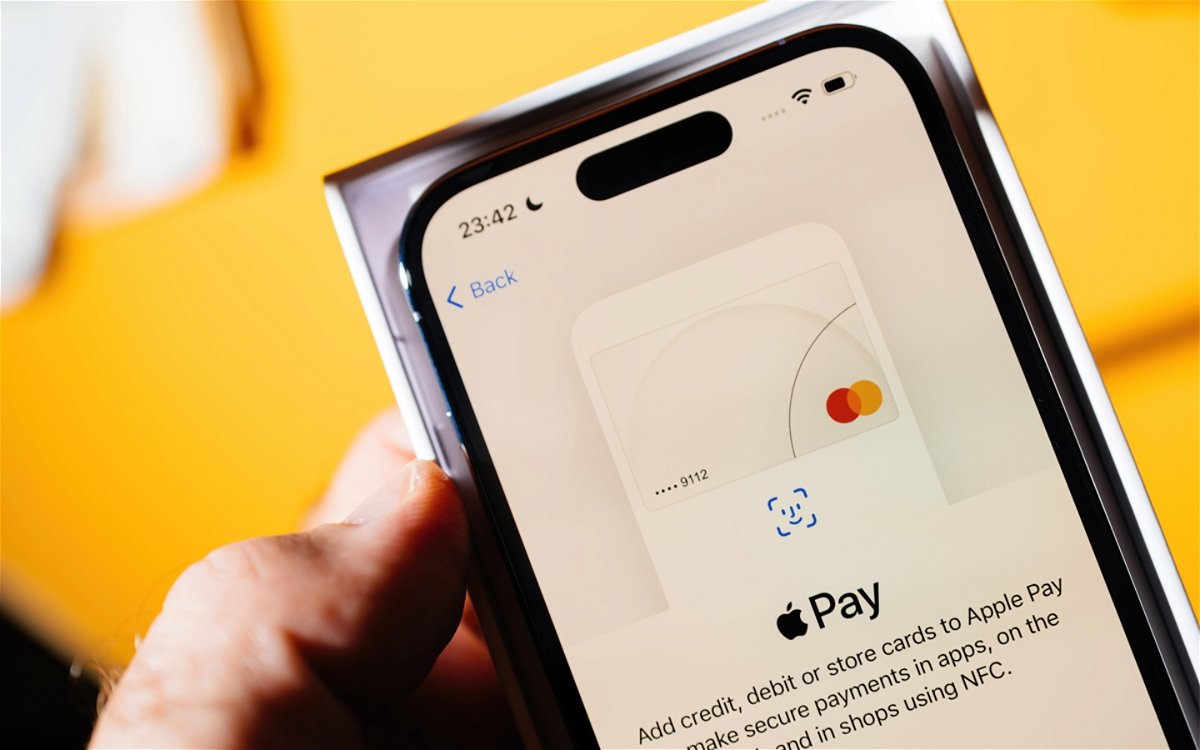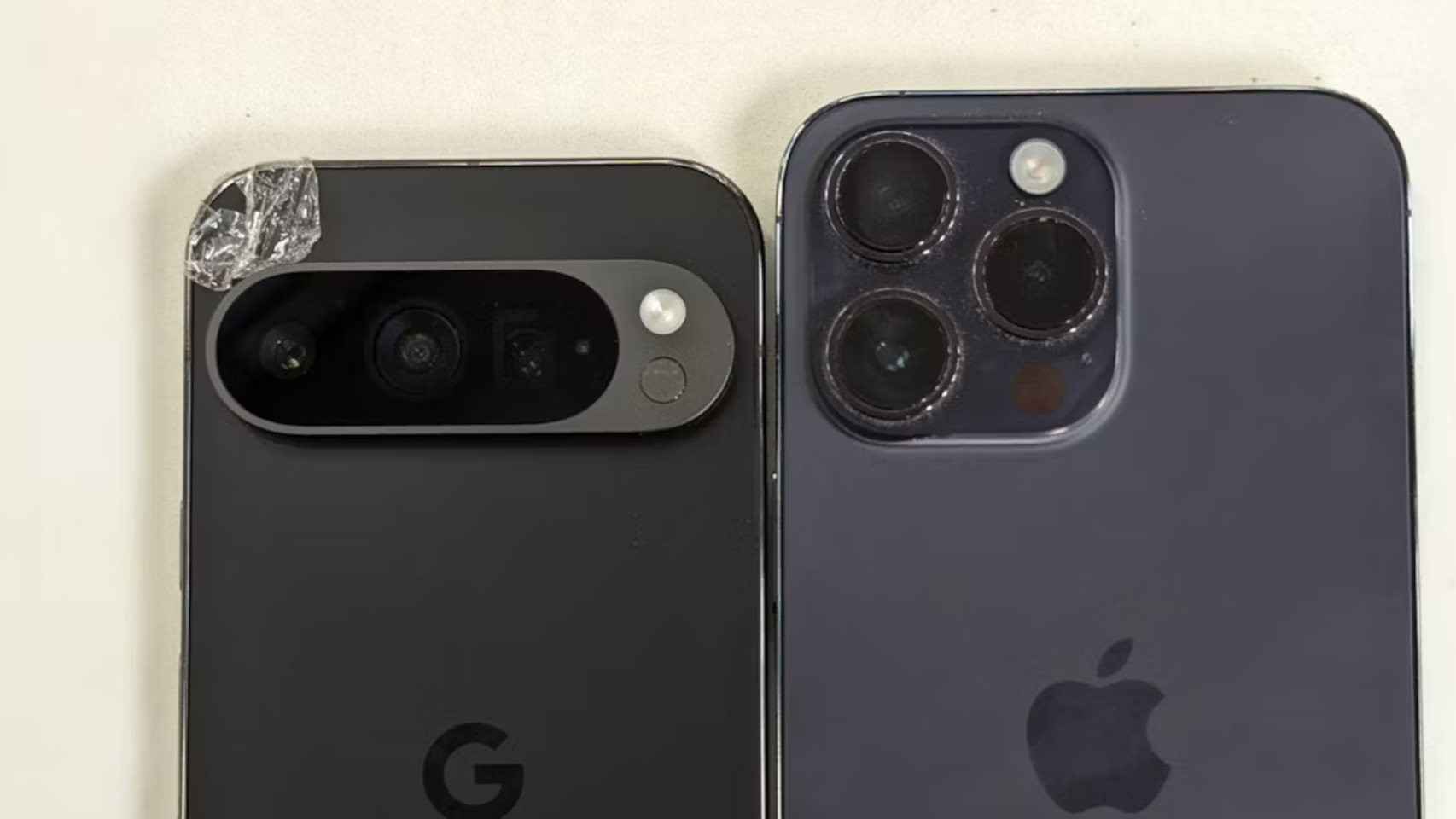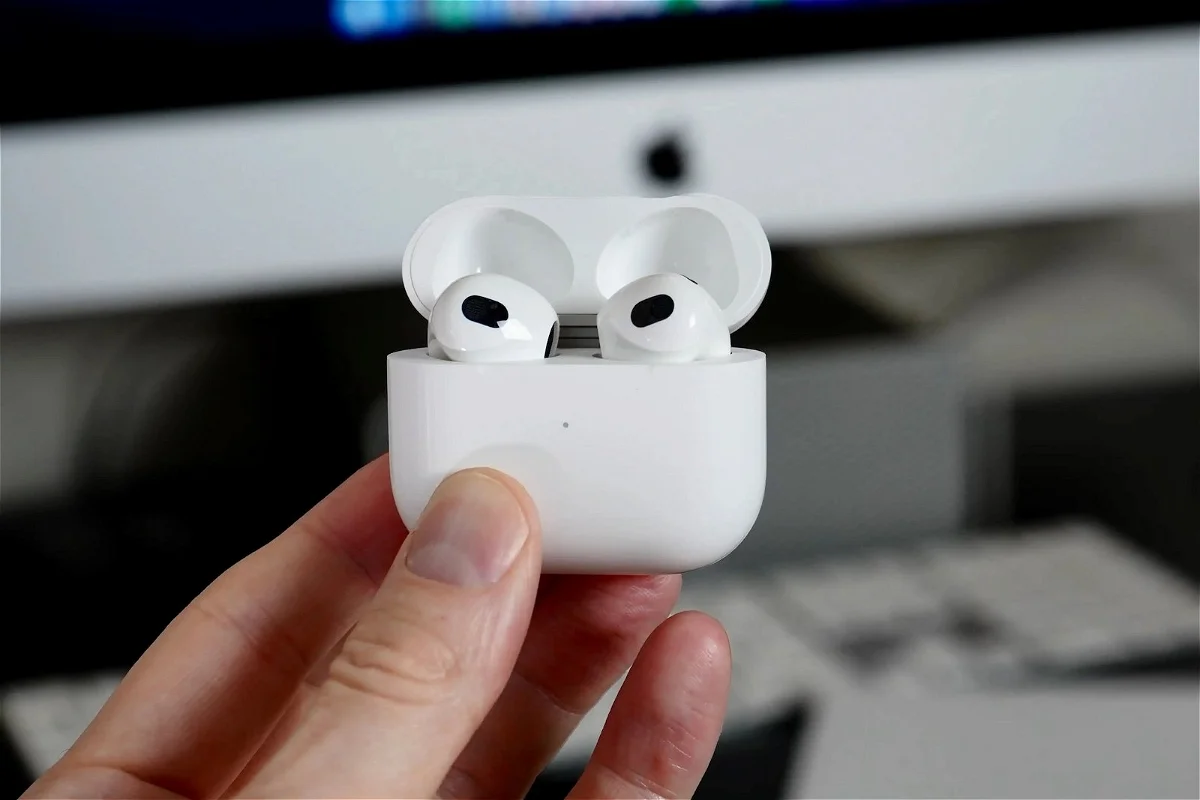After releasing the stable version of Android 12L last week along with its source code in AOSP, it is now the turn of the next update to Google’s mobile operating system: Android 13the first preview of which arrived last February.
A month later, it’s the turn of Android 13 Developer Preview 2the second and final developer preview coming to Google devices in the future more news and improvements.
What’s new in Android 13 DP2
Remember that when Google launches a preview it limits itself to announcing only the news for developerswith changes and new behaviors that we will find from Android 13 so that they can start adapting their applications.
confidentiality
We start with the novelties intended for further improve our privacy. For Google, the privacy and trust of the user are fundamental and in this Developer preview 2 We found two very important novelties.
- Notification permission: In the footsteps of iOS, starting with Android 13 apps will ask us for permission to send us notifications. In this way, when installing an application, we will already know if it is going to want to send us notifications and we can decide to accept or reject them when we first open the application.

- Developer Downgrade Permissions: When we install an app, we may accept permissions that are no longer needed in future updates. To ensure that confidential permissions do not remain enabled, Google is launching a new API that will allow developers to downgrade runtime permissions that were previously granted.
Developer Productivity
Now let’s move on to new features designed to improve developer productivity, with improvements that will allow them to deliver a much neater experience.
- Improved Japanese text wrapping: The TextViews component can now wrap text by Bunsetsu (the smallest unit of natural sounding words) or by sentences. They were now wrapped by character, making line breaks sometimes unnatural.

- Improved line heights for non-Latin scripts: For displaying non-Latin scripts (such as Tamil, Burmese, Telugu, and Tibetan) we see Android 13 adapt line height for each language to avoid clipping which happened in earlier versions of Android.

-
Text conversion API: People who speak languages like Japanese and Chinese use phonetic letter input methods, which often slows down searching. In Android 13, apps can use a new text conversion API so users can find what they’re looking for faster and easier by, for example, saving Japanese users from having to use the keyboard to convert Hiragana characters in Kanji. . The new text conversion API allows Japanese users to type Hiragana and immediately see live Kanji search results.
-
Color vector fonts: Android 13 DP2 adds support for rendering COLR version 1 fonts, updating system emoji to COLRv1 format. This is a very compact outline font that displays quickly and crisply regardless of size. So the emojis will look sharp in any screen size and font size.

COLRv1 vector emoji (left) and bitmap emoji.
-
Bluetooth LE Audio: Next-gen wireless audio that replaces classic Bluetooth officially arrives in Android 13 to deliver High fidelity audio without sacrificing battery life and being able to share and stream your audio with friends and family, or subscribe to public broadcasts for information, entertainment, or accessibility.
-
MIDI 2.0: Finally, Android 13 adds support for the new MIDI 2.0 standard, including the ability to connect MIDI 2.0 hardware via USB. This new standard provides features such as higher resolution for controllers, better support for non-Western intonation, and more expressive performance through the use of per-note controllers.
How to update to Android 13 DP2: compatible phones
The second preview of Android 13 is now available for Pixel 4, Pixel 4 XL, Pixel 4a, Pixel 4a 5G, Pixel 5, Pixel 5a, Pixel 6 and Pixel 6 Pro.
This new preview is once again directed for developerssince this version not designed for everyday use due to possible errors and excessive consumption because it is not optimized.
If you have a compatible Google Pixel, you’ll need to manually update to Android 13 Developer Preview. If you have already updated with the first preview of Android 13 you will need to update via OTA from Settings > System > System Update.
More information | Android Developers
In Engadget Android | Android 13 is exactly what fragmentation in Android didn’t need
Table of Contents








